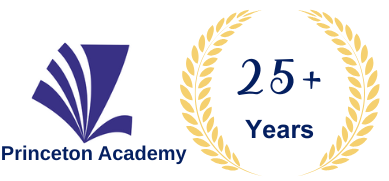Designing Tax Efficient Salary Structure
by Dr. V K Singhania
Introduction
When negotiating terms of employment with a prospective employee, a higher take home salary works in the company’s favour. A well-structured salary package which maximizes take-home pay and minimizes tax outgo is better than a higher CTC to attract top talent.
Before taking a final call on a particular pay structure, considering employees’ long-term and short-term financial goals helps to retain talent. Modifying the tax structure keeping in view the alternative tax regime vis-à-vis the regular tax regime can simultaneously impact the net take home and retirement corpus as some components of the package may not come to employees immediately and others may be either full taxable or tax-free.
Generally, the CTC can be broadly divided in four components— basic, allowances, perquisites and retirement benefits/contributions. Each component is treated in a different way for tax purposes under old and new tax regimes and can impact the tax liability. The workshop will discuss taxes on salary, remuneration planning, perquisite taxation, taxation of retirement benefits under the old and new tax regime.
Alternative tax regime v. Regular tax regime
- Who is covered under the alternative tax regime
- Tax rates
- Exemption limit
- Rebate under section 87A
- Tax on other incomes chargeable at special rates
- Surcharge and education cess
- Tax incentives which are not available (blocked incentives)
- Tax incentives which are available
- How to exercise option
- How to exercise TDS option under section 192
- Making selection between regular tax regime and alternative tax regime
Remuneration planning under different situations
- Remuneration planning to minimize employees’ tax liability.
- Restructuring of present remuneration plan keeping in view present and future tax liability of employees.
- Tax on different perquisites provided to employees (like – rent-free/concessional accommodation, car, driver, education, domestic servant, interest-free/concessional lo an, sweat equity shares, touring/travelling facility, gift, club facility, credit card facility, meal vouchers, refreshments, use of movable assets, transfer of movable assets, medical facility, leave travel concession).
- Tax-free perquisites.
- Tax planning devices – How to convert within legal parameter a taxable perquisite into tax-free perquisite or perquisite taxable at concessional rate.
- Documentation required for including perquisites while calculating TDS
- Documents needed from employees for deductions as well as other income for proper computation.
- TDS and taxation of retirement benefits (gratuity, leave encashment, provident fund, pension and voluntary retirement).
TDS on salary
- TDS under section 192.
- Documents to be taken from employees.
- TDS returns/documents to be submitted to the IT Department.
- TDS certificates to employees.
TDS on perquisites
- Provisions of section 194R.
- Clarifications by CBDT on section 194R.
TDS for consultants and professionals
- Provisions of sections 194C and 194J.
- Court rulings and tax planning hints.
TDS for NRIs
- Provisions of section 195 along with double taxation agreements.
- Remittance outside India and applicable procedure under income-tax regulations.
COURSE SCHEDULE & FEES
DOWNLOAD COURSE CONTENTS
Please click the button below to download the course content. You'll need to provide your contact information to receive the document.
INCOMPANY/GROUP TRAINING REQUEST
Why Choose Our Incompany Program?
- 🎯 Tailored content specific to your business goals
- 👥 Train entire teams together, saving time and cost
- 📍 Delivered at your location or virtually
- 📅 Flexible scheduling to suit your timelines
- 📈 Increase retention and application of skills
